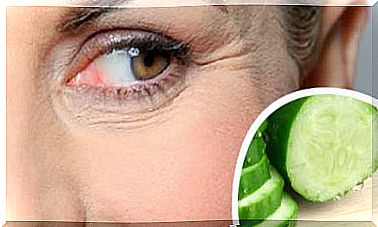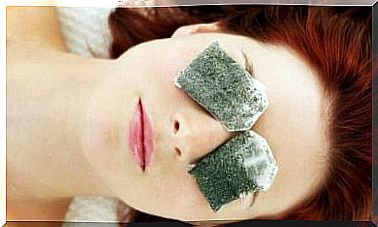Bandages: Everything You Need To Know
Bandages are a procedure that involves wrapping a part of the body that is injured. For this, gauze, canvases, bandages or other materials are usually used. The injury can range from something muscular, such as a contracture, to a noticeably bleeding wound.
Bandages have been used throughout history. Hippocrates, who was an ancient Greek physician on whom many aspects of today’s medicine are still based, is believed to have been the first to apply a bandage to treat a venous ulcer.
However, older civilizations, such as the Egyptians, were already using them for other purposes. Currently, almost the entire population uses it daily for injuries or bruises. Therefore, in this article we explain everything you need to know about bandages.
What are bandages for?

As you already know, bandages can be of various types and have many different uses. Most often they are used to protect wounds, preventing them from infection and helping bleeding to stop.
They are also often used to limit the movement of a specific limb or joint, as occurs in sprains. In the same way, they help to fix splints or to support some part of the body.
Bandages can be helpful in helping venous circulation. This is useful in people who have edema in the legs, for example. They allow to fix dressings and medicines and, to emphasize it, they serve to stop bleeding.
Bandage function
In this way, in summary, we can say that bandages can be:
- Contentives: are those that are used for certain cures, when holding a dressing or medicine.
- Compressive: they are those that help to firmly squeeze a member, to stop a hemorrhage for example.
- Corrective : they are those that immobilize and fix a limb allowing it to be repaired, as in the case of bones.
What types of bandages are there?

Bandages are usually done in different ways depending on their purpose. For example, the circular bandage is often used to hold a dressing on an arm or leg. To do this, the entire limb is wrapped in the shape of a ring, as its name indicates.
On the other hand, there is the spiral bandage, which is used more to hold splints on the hand, arms or legs. In this case, the bandage used is elastic and is placed in a spiral.
The spike bandage is very similar to the spiral bandage. The difference is that you go backwards with the bandage and, in the end, the two turns are crossed. It is used more in the lower limbs to help venous return.
There are also so-called ‘eight ‘ bandages. They are those that are generally placed on the joints. To do this, the bandage is started under the joint, making several spiral turns with the bandage. We pass the bandage upwards, as if drawing the upper part of the eight. Once we have done a couple of laps in that part, we lower the blindfold again.
You have to alternate up and down turns, and you get a bandage in the shape of a figure eight. There is a special form of figure eight bandage that is used to treat clavicle fractures, where the number eight forms on the back of the patient’s back, pulling the shoulders back.
Finally, we find the recurring bandage. It is the way to bandage the head or an amputated limb. To do this, the bandage is worn from the front to the back, covering the entire area. Then circles are made to fix this horizontally.
Do they have any risk?
Like any other treatment or technique, bandages can also have certain complications. Especially when they are used without knowledge or without being fully indicated.
When a bandage is tightened excessively, it can lead to compression syndrome. This occurs when oxygenated blood cannot reach all parts due to compression. The parts that are isolated become cold and bluish in color.
Also, bedsores or ulcers can occur from the use of very rigid bandages. Similarly, it is common for the skin to macerate if the bandage is applied to a wet area.
In conclusion
Bandages are a very useful technique for treating many injuries, from simple wounds to broken bones. However, it is recommended that they are always performed by a professional who knows the technique and the instructions to do so.








